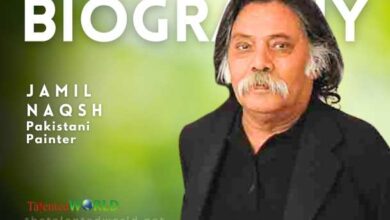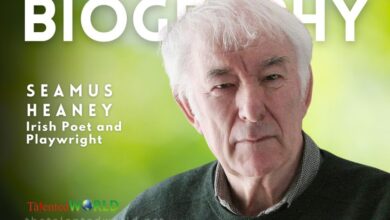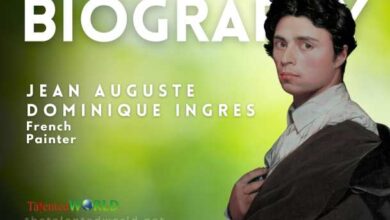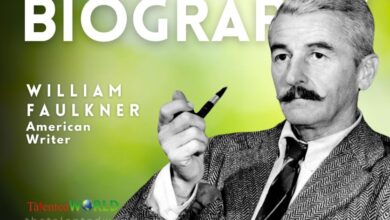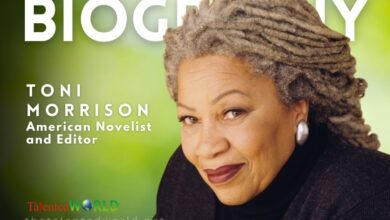| Songs of Innocence and of Experience | 1794 |
| The Illuminated Books of William Blake | 1974 |
| The Tyger | 1794 |
| The Marriage of Heaven and Hell | 1790 |
| The Book of Urizen | 1794 |
| Songs of Innocence | 1789 |
| London | 1794 |
| Milton | 1810 |
| The Portable William Blake | – |
| The Book of Thel | 1789 |
| The Lamb | 1789 |
| Jerusalem: The Emanation of the Giant Albion | 1820 |
| The Chimney Sweeper | 1789 |
| Visions of the Daughters of Albion | 1793 |
| America a Prophecy | 1793 |
| A Poison Tree | 1794 |
| The Essential Blake | – |
| Favorite Works of William Blake | – |
| London: Poem | 1794 |
| The Song of Los | 1795 |
| The Garden of Love | 1794 |
| Holy Thursday | 1789 |
| The School Boy | 1789 |
| The Book of Los | 1795 |
| There is No Natural Religion | 1790 |
| The Little Black Boy | 1789 |
| The Book of Ahania | 1795 |
| Introduction | 1794 |
| The Complete Works of William Blake | – |
| The Echoing Green | 1789 |
| The Divine Image | 1789 |
| Tyger! Tyger! | – |
| Night | 1789 |
| Proverbs of Hell | 1793 |
| Infant Joy | 1789 |
| Spring | 1789 |
| Infant Sorrow | – |
| Ah! Sun-flower | – |
| The Little Boy Lost | 1789 |
| A Cradle Song | 1789 |
| Earth’s Answer | – |
| A Divine Image | 1789 |
| Vala, or The Four Zoas | 1893 |
| William Blake – Dante’s Divine Comedy | 2014 |
| The Human Abstract | 1794 |
| The Clod and the Pebble | – |
| The Blossom | – |
| A Little Boy Lost | – |
| Europe a Prophecy | 1794 |

